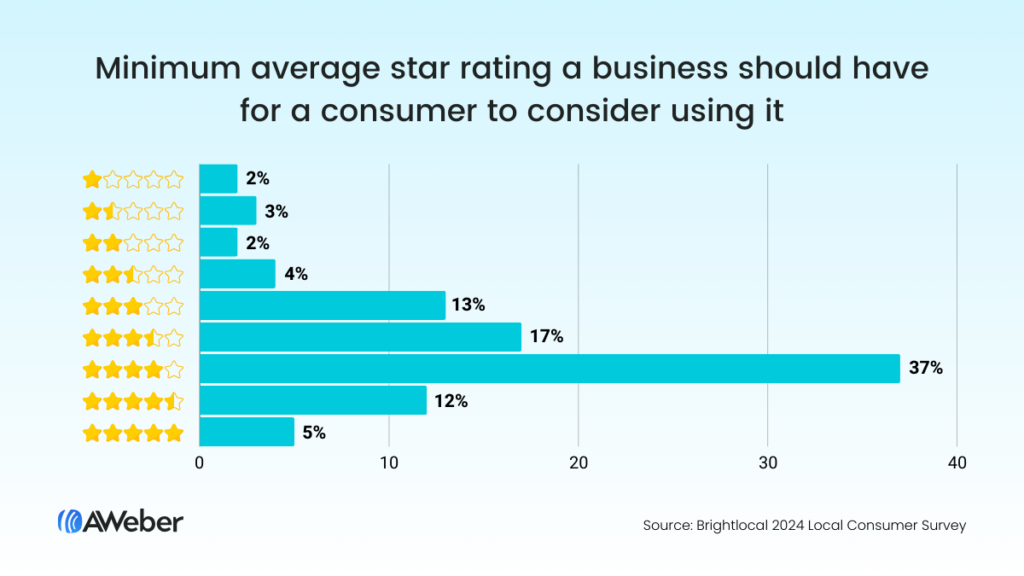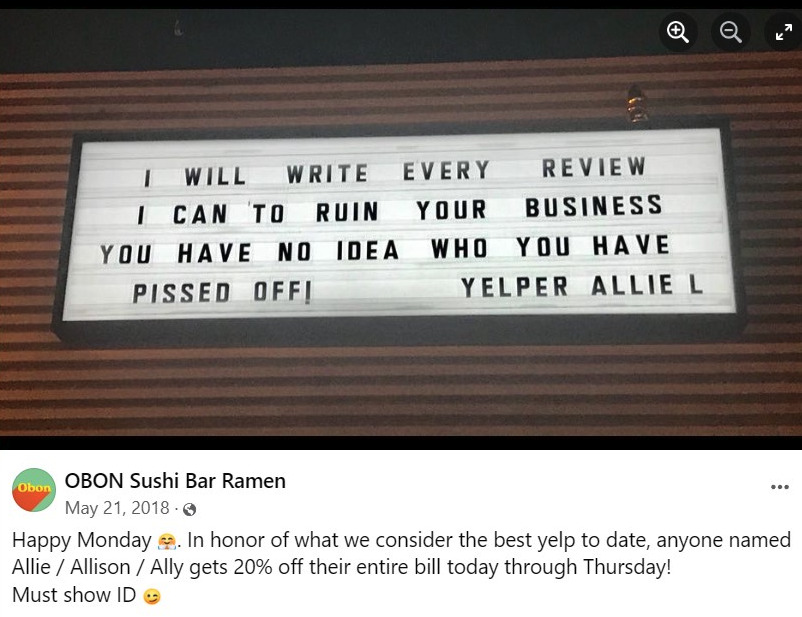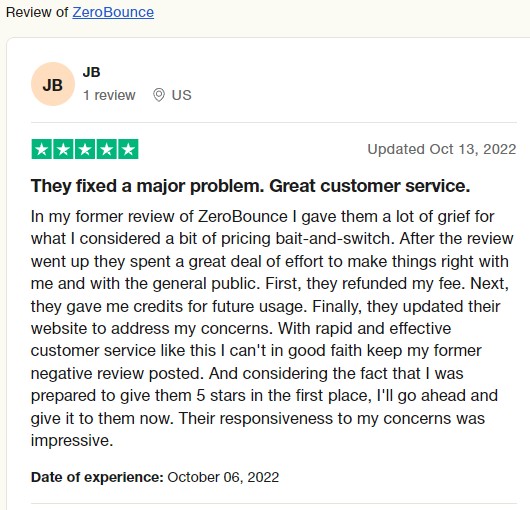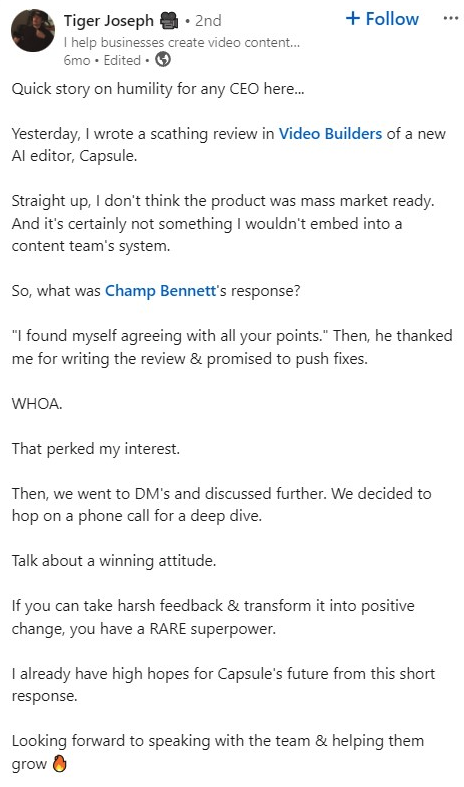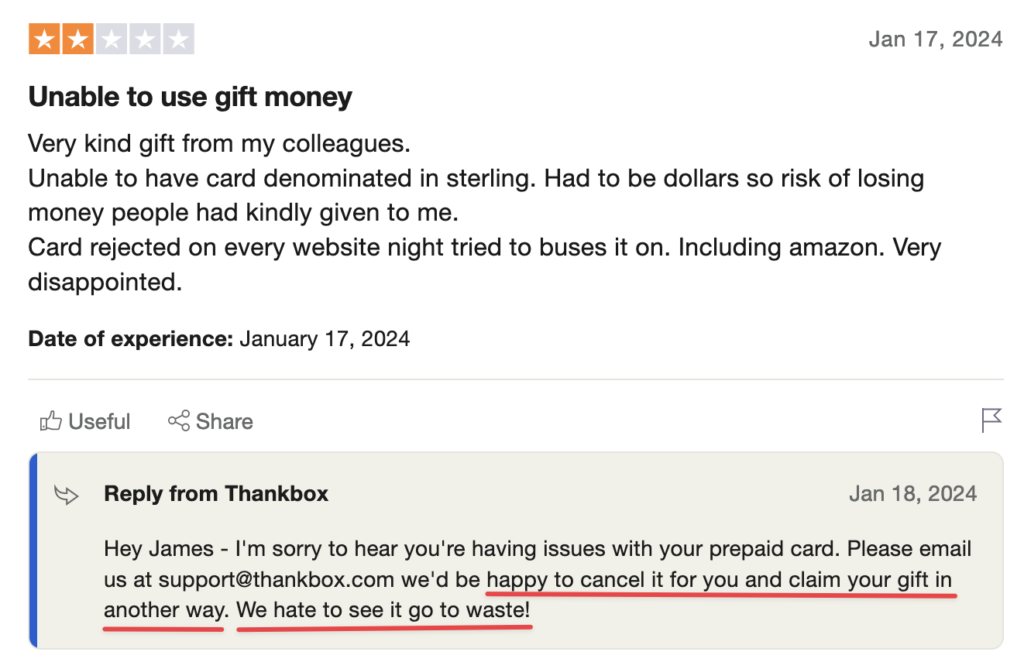There are social media templates available for virtually any task you can think of—from content production to reporting to team onboarding. If you want to win time back in your schedule, make it your mission to never start from scratch.
Consider this: When you spend an hour formatting a spreadsheet, you’re losing an hour that you could have spent on your social media marketing strategy. Starting with a template provides much needed direction so you can jump right into the work that matters.
In this article, we’re sharing every social media marketing template we’ve ever made. These templates are fully customizable and informed by industry best practices, so you can save time and effort.
- Social media strategy templates
- Social media calendar templates
- Social media post templates
- Social media reporting templates
- Social media management templates
What is a social media template?
A social media template is a pre-designed resource that serves as a starting point for a variety of social media marketing tasks. These can range from everyday content creation, to long-term strategic planning and reporting, to frameworks for collaborating with other teams and partners.

According to the 2024 Social Media Productivity Report, nearly half (48%) of social media marketers feel they sometimes or rarely have enough time to get their work done. If they had more time, they’d spend it responding to customers and planning strategic initiatives.
When you’re already spread thin, every minute counts. Social media marketing templates streamline the process of creating new content or resources, helping you make the most of your time.
Social media strategy templates
A documented social media strategy sets the foundation for more consistent messaging, branding and reach over time. The following templates will help you build overarching and network-specific strategies so you can optimize your social media presence.
1. Social media strategy deck

You know the ins and outs of your strategy, but does your leadership team? If your answer is anything other than “yes”, you need this social media strategy deck.
This customizable Google Sheets template is designed to help you break down your strategy to audiences beyond marketing with thoughtful hooks and benchmark data. Use it to pitch a forward thinking vision, or to provide more context around your ongoing efforts.
2. Social media audit template

A social media audit is a step-by-step review of your business’ social presence. It’s a straightforward process but when you factor in all of your brand handles across every social network, it can become quite the undertaking.
This spreadsheet template provides a framework for your audit strategy, making the process much more approachable. If you fill out one tab per day, you can complete the process in less than two business weeks.
3. Social media campaign brief
A well-orchestrated social media campaign requires more than just brand consistency. In order to truly get the most value out of your efforts, it needs to be aligned to business goals from the initial planning stages, all the way through execution.
This social media campaign brief template encourages you to incorporate insights from across your organization. It also helps set up a reporting infrastructure to simplify performance measurement at the end of your campaign.
4. Facebook marketing strategy template

Facebook is synonymous with social media. It continuously retains its crown as the world’s most popular social network by monthly active users, with more than three billion per month.
This spreadsheet template provides a framework for revamping and revitalizing your Facebook marketing strategy. It will help you identify goals, audit competitors and build out an ad strategy, wrapping up with a final, presentable strategic overview and rollout plan.
5. LinkedIn marketing strategy template
LinkedIn is more than just a hub for individual networking. A thoughtful presence on the platform can help businesses attract leads, build authority and enhance their employer brand.
This workbook template will prompt you to assess the strengths and weaknesses of your current LinkedIn strategy, so you can identify how to best use the network going forward. You’ll walk away with recommendations tailored to your business goals and marketing maturity, so you can implement strategic upgrades quickly.
6. YouTube marketing strategy template
A lot goes into video marketing on YouTube. There’s talent sourcing, production needs, branding considerations—the list goes on.
Success on the world’s second largest search engine starts with a commitment to organization. This workbook template gives you a framework to audit your channel, define your audience and create a performance-optimized distribution plan. Once you fill it out, you’re left with a resource that will keep internal stakeholders aligned and on task.
7. AI social media strategy workbook
Artificial intelligence (AI) capabilities extend far beyond text or image generation. When implemented strategically, it can help you synthesize data, automate processes and scale your operations.
This AI social media strategy workbook will set you up with a framework to think through your team’s unique AI opportunities. Use it to outline goals, draft usage policies and vet AI technology vendors so you can continue to innovate with your strategy.
8. Influencer marketing brief template

The most effective influencer marketing strategies view influencers as more than just contractors with a task to fulfill. To get the most out of your influencer partnerships, you need to treat them as just that—partners.
Doing so means defining your expectations upfront, while establishing clear partnership guidelines that set both parties up for success. This brief template will help you document both, creating a valuable resource influencers can return to as they work to craft content that resonates with your audience.
9. Customer experience audit template

Consistency is a key characteristic of a robust brand strategy. However, as the customer experience expands across numerous touchpoints, maintaining that consistency becomes more challenging than before.
Use this social-specific customer journey map to analyze your social customer experience performance from the awareness stage through post purchase. This process will highlight gaps and opportunities to refine your strategy, so you can create more stellar brand experiences for new and existing fans.
10. Social media customer service training deck

The latest Sprout Social Index™ found that 36% of marketing and customer service teams plan to share social customer care responsibilities in 2024. If you’re also looking for that level of collaboration this year, you need to clearly define roles and responsibilities for the channel.
This social media customer service training deck will help you document guidelines for customer service and marketing teams, in a format that serves as a visual aid during training presentations. Use it to set marketers and agents up for social customer care success.
11. Product launch checklist
Social media is the new mall. It’s where consumers go to find and research their next purchase, making it an indispensable channel for product launches.
This checklist offers a step-by-step guide to making the most out of your company’s next big launch. It provides actionable guidance on setting goals, managing timelines and reporting on the performance of your efforts, so you can better understand the promotional tactics that work with your audience.
12. Employee advocacy program launch checklist
Employee advocacy can increase brand awareness, drive lead generation, build employer brand and position your employees as experts in your industry—but it’s not a set-it-and-forget-it endeavor.
Use this launch checklist as a step-by-step guide to set up an employee advocacy program designed to encourage maximum participation. By following this checklist, you can implement and sustain a program set up for long-term success.
Social media calendar templates
All of your social media strategies—content, engagement, influencer marketing, brand, etc.—come to life in your social media calendar. It’s the one place where you can see how everything works together at a glance.
These templates will help you create a comprehensive social media calendar that supports alignment, visibility and creative execution.
13. Social media calendar template

Social media calendars are like snowflakes—no two organizations share the exact same approach. Any template claiming to be universally ready for immediate use is probably overstating its value.
That’s why this social media calendar template is designed to prioritize customization. The spreadsheet format can be tailored to the unique needs of your strategy, from campaign association to content approval requirements.
14. Social media time tracker spreadsheet

Social media management takes time. In fact, it can take more time than is available during the week, depending on your marketing tech stack.
If you want to make the case for workflow upgrades, you need this time tracking calendar template. Use it to document just how much work goes into executing on a high-impact social strategy. It can also put a spotlight on opportunities left on the table due to lack of bandwidth.
Social media post templates
Social media post templates are the ultimate time-saver. Use these to jumpstart your creative process and avoid starting from scratch.
15. Instagram post templates

If you’re tired of spending hours tinkering around in design software trying to create the perfect IG post, these Instagram post templates are for you.
This resource is complete with eleven different templates you can use for event promotions, employee spotlights and more. Plus, we included guidance for tweaking colors, typography and images so you can ensure your content stays on brand all the time.
16. Employee spotlight series workbook

Employee spotlights and “meet the team” series are timeless social media strategy staples, and for good reason. They give brands a more human appeal, creating new opportunities for audience engagement and connection.
This workbook will help you take your teammates from behind-the-scenes to center stage. It includes a process checklist and a 12-month sample content calendar you can rely on as you build out your employee spotlight series.
17. Social media video content workbook
Video content can take time, collaboration and resources to get across the finish line. While incorporating video into your social strategy is certainly worth the investment, you should think about how to extend the life of your videos to maximize ROI.
This video content planning workbook will help you make the most of your next video shoot. Use the pre-production checklist to plan extended use cases for all of your video content, so you get what you need before it’s time to call “cut”.
18. B2B social media content plan template
B2B social media content doesn’t have to be boring. Procurement teams are made up of people like you and me, and people want entertaining, visually interesting, valuable content.
This worksheet will help you create B2B social media content that resonates. Use it to align individual posts to an overarching strategy, so you can create an online presence that separates your brand from the rest.
Social media reporting templates
Data aggregation takes enough time as it is, without having to build an entirely new performance dashboard to go along with it. Use these templates to take your time back, so you can focus on conducting analysis and delivering recommendations.
19. Social media metrics map

There are hundreds of social media metrics you can report on. How do you figure out which ones best reflect the performance and impact of your strategy with so many options?
You use this social media metrics map, of course.
This resource reviews the social media funnel, mapping critical key performance indicators to each stage. Use it to set goals, define objectives and determine the right approach for measurement.
20. Social media analytics spreadsheet
Paid and organic social media strategies go hand in hand, but more strategies means more metrics to track.
Keep your reporting to-dos in order using this social media analytics spreadsheet template. Use it to track and compare your monthly paid and organic social performance, and to surface key insights and opportunities to the rest of your team.
21. Social media scorecard template

There’s an abundance of social media data available to report, and leadership teams are increasingly keen to use it to inform business decisions. However, raw data and long, statistic-heavy reports alone often fail to convey a compelling narrative to executives.
That’s where this scorecard comes in. It provides an at-a-glance method of sharing key insights with C-suite leadership on a regular basis. Use it to keep your leadership team up-to-date on your strategy’s impact.
22. Creative testing worksheet

A/B testing on social media can help you better understand what messages, topics and creative assets resonate most with your target audience.
The right social media management tool can automate reports on A/B tests, saving time you’d otherwise spend building reports and aggregating data—but that’s not the only way to get answers to your burning questions. This worksheet template will help you design and record the outcomes of social media tests so you can make more informed decisions with your strategy.
23. Social media market research worksheet
We’ve said it before and we’ll say it again: Social media is the world’s largest, most important focus group. With the right tools in place, brands can tap into readily available conversations to extract unbiased feedback quickly and efficiently.
Market research on social media starts with a question—something you want to know about your audience, your competition or your industry. This worksheet will help you get clear on the question that will make the biggest impact for your business, while also providing actionable steps for gathering intel.
24. Social listening insights deck template

You understand the rich audience insights that can be mined from social data. People who aren’t as close to the channel—like your leadership team—might not.
This deck template will help you share social listening insights in a way that’s both digestible and engaging. It’s designed to help you tie insights to their potential impact, so stakeholders beyond marketing can get a feel for your strategy’s full potential.
Social media management templates
Social media management is more than just what’s published on your brand’s profiles. It’s everything from people management to internal merchandising to policy development and more.
These social media templates are designed to help you scale your team and social’s impact throughout your organization.
25. Social media annual budget template

Maintaining a birds eye view of your budget ensures spend is pacing on target with expectations, while preventing any valuable resources from going to waste. This social media budget template will give you a monthly, quarterly and annual breakdown of your team’s spend and remaining resources.
26. Social media manager meeting template collection
If you want meetings to be meaningful for all parties involved, preparation is key. Coming to the table—or video chat—with detailed notes and agenda items can keep discussions on task and action oriented.
This social media template pack contains meeting agenda samples for brainstorms, skip-level meetings, career development talks, pre-PTO hand-offs and creator introductions. We thought of everything you might need to cover during those talks, so you don’t have to.
27. Social media management job description templates
You’ve probably thought about what your social media team could accomplish with more headcount. That doesn’t mean all those ideas are ready to spring forward once it’s time to build out a new role.
Craft detailed job descriptions that position your brand as a career destination with help from these social media manager job description templates. The collection includes descriptions for generalist roles by experience level, along with the emerging and support-focused titles you’ll need to build out your team.
28. Social media policy template

A social media policy is a crucial, organization-wide resource. It sets the expectation for how your employees should and shouldn’t represent themselves and your brand on social media, playing a key role in brand security, privacy and legal interests.
Setting your business up with one is a great way to solidify your reputation as a forward-thinking, proactive social media marketer. Start with this template, then review your final draft with your legal and human resources teams.
29. Social media crisis plan template
A social media crisis is the stuff of work nightmares, especially if you don’t have any internal procedures in place to address and diffuse a crisis once it starts.
This social media crisis plan workbook will help you form and prepare your crisis management team so everyone knows how to respond quickly and efficiently. It will take you through the key considerations to mitigate risk so your organization can navigate crises with grace and resilience.
30. Social media management tool scorecard

After three or four social media software demos, it can be difficult to keep track of which vendor said what.
If you’re tired of comparing software providers by combing through your meeting notes and pulling whatever feels relevant, use this social media management tool scorecard instead. This comprehensive rubric will help you vet vendors by comparing their performance across critical categories, so you can make the best possible investment for your team.
31. Social media software RFP template
A social media software request for proposal (RFP) is a formal questionnaire used to assess whether or not a software vendor can meet the needs of your organization. They typically focus on software capabilities, data governance, product roadmaps and vendor information.
If you’re about to embark on the vendor selection process, this template provides a thorough question list that covers all priority RFP sections. Plus, we also included tips to hold better stakeholder requirement interviews, along with sample questions to support your team’s evaluation process.
The only thing better than a social media template…
…is a social media management tool that consolidates efforts into one centralized location. With the right tool, you won’t need countless documents and decks to tell the story of your social media performance. Work that once took hours can be done in minutes.
Of course, it all starts with picking a platform that prioritizes ROI and efficiency (like Sprout Social). If you want to make the best choice for your brand, check out our social media management buyer’s guide. It will guide you through everything you need to know about the vendor selection process—from why it matters to what to ask during demos.
The post 31 free social media templates that will elevate your workflows appeared first on Sprout Social.
from Sprout Social https://ift.tt/ThQ6AoL
via IFTTT
























